Les Apaches
“Attention, les Apaches!”, (“Watch out, gangsters!”) shouted the newspaper boy when he was startled by a noisy party that evening. The group of friends were in a boisterous mood when they bumped into the salesboy. The insulting comparison with the infamous Les Apaches gang – social outcasts who terrorized Paris in the 1900s – did not bother them at all. On the contrary. The young men, who thought of themselves as artistic outcasts, immediately appropriated the epithet for themselves.
The reason for their excitement: the friends who had now been renamed Apaches had just returned from the Opéra-Comique, where Pelléas et Mélissande had its controversial première on 30 April 1902. Debussy’s opera, they were convinced, would change both their own lives and the course of musical history. Or as Stravinsky put it: “The musicians of my generation, myself included, are most indebted to Debussy.” Initially, however, the work was received disastrously, a phenomenon that would haunt Les Apaches.
When we think of ‘revolutionaries’, we think of brash, noisy individuals. Debussy, however, was a quiet revolutionary. It was never his intention to shock. And nevertheless, he let the genie out of the bottle: Debussy embodied all the dreams, aspirations and ideas of a young generation of ‘debussysts’. The Apaches, as the heart of that generation of iconoclasts, fervently defended his innovations. In the midst of academic Paris, they joined together to forge the path of French modernism.
If Claude Debussy was known as their great inspiration, Maurice Ravel was the association’s passionate driving force. Renowned names such as Igor Stravinsky, Manuel de Falla, Albert Roussel, and Florent Schmitt were regular guests, and Lucien Garban, editor and arranger of, among others, Ravel’s and Debussy’s music at the Durand publishing house, was also a regular visitor. Debussy himself did not join but maintained close contact with Ravel and Stravinsky.
Very little is documented about the Apaches. The only glimpse we get of their world is through letters and diaries. From 1903, for instance, the group met every Saturday evening at the studio of Debussy’s neighbour, the painter Paul Sordes. Their meetings were very busy and often lasted until the early hours. They played new compositions for each other, recited poems, discussed contemporary ideas, helped each other write out music parts... Moreover, things got so rowdy that they soon had to move their wild evenings to a secluded garden pavilion. In a fin de siècle that was on the verge of collapse, the close bond between the Apaches proved to be an extremely fertile ground for their art. Although the First World War brought an abrupt end to their meetings, the association’s influence continued to resonate with its former members for a long time afterwards.

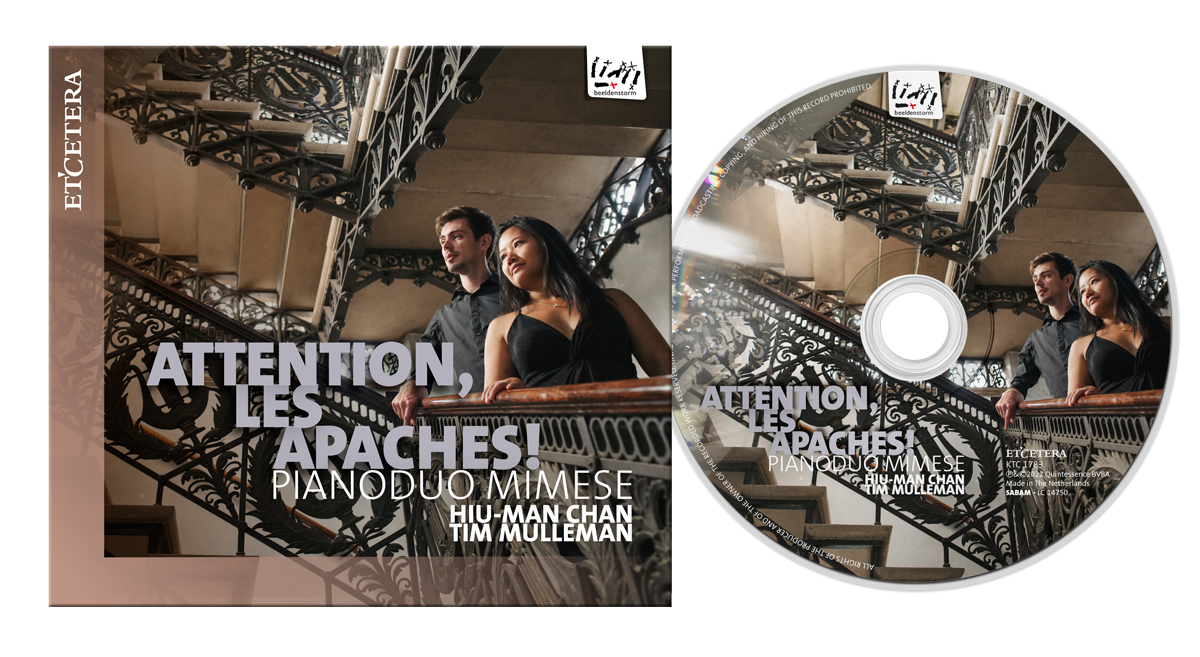
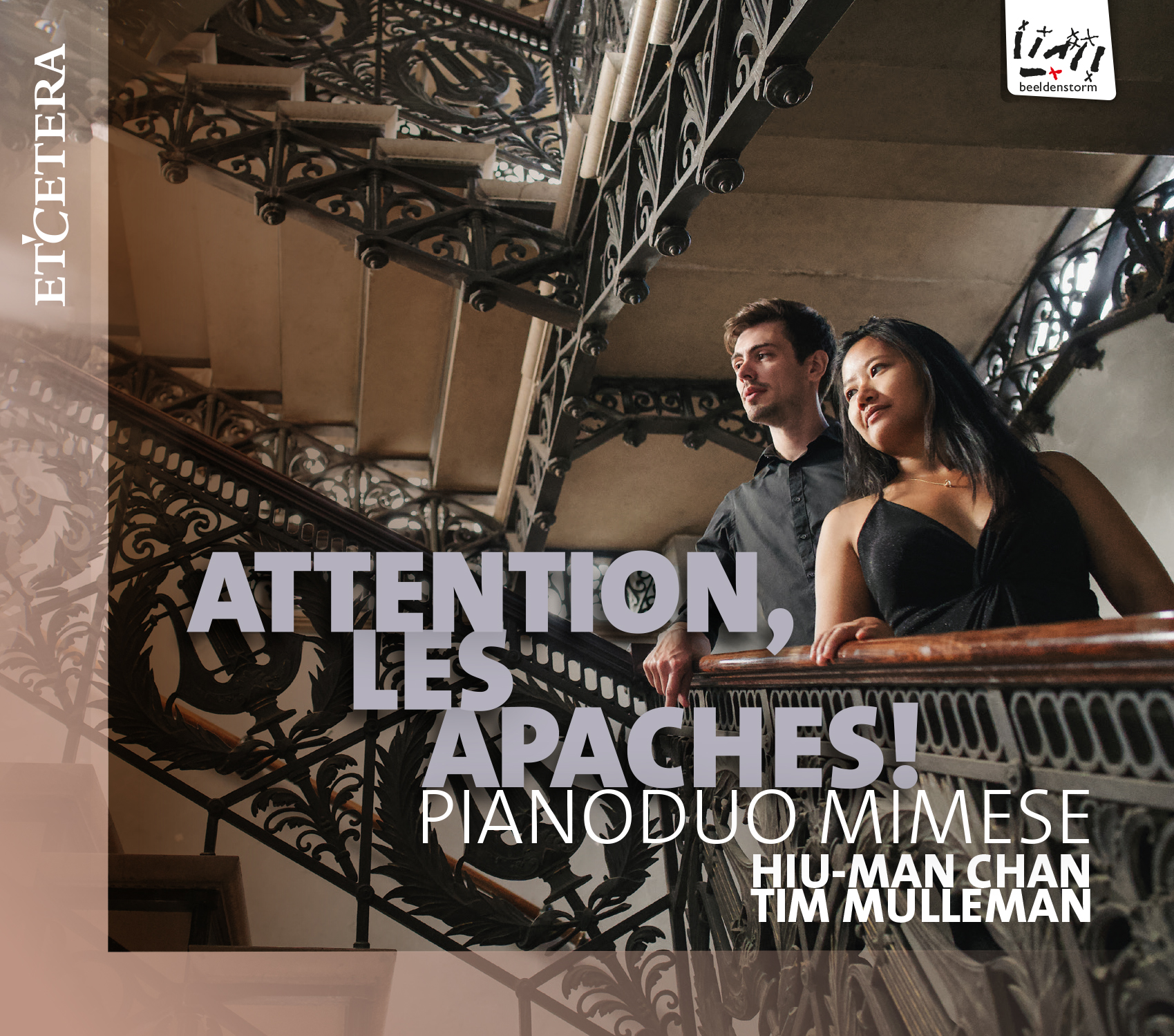
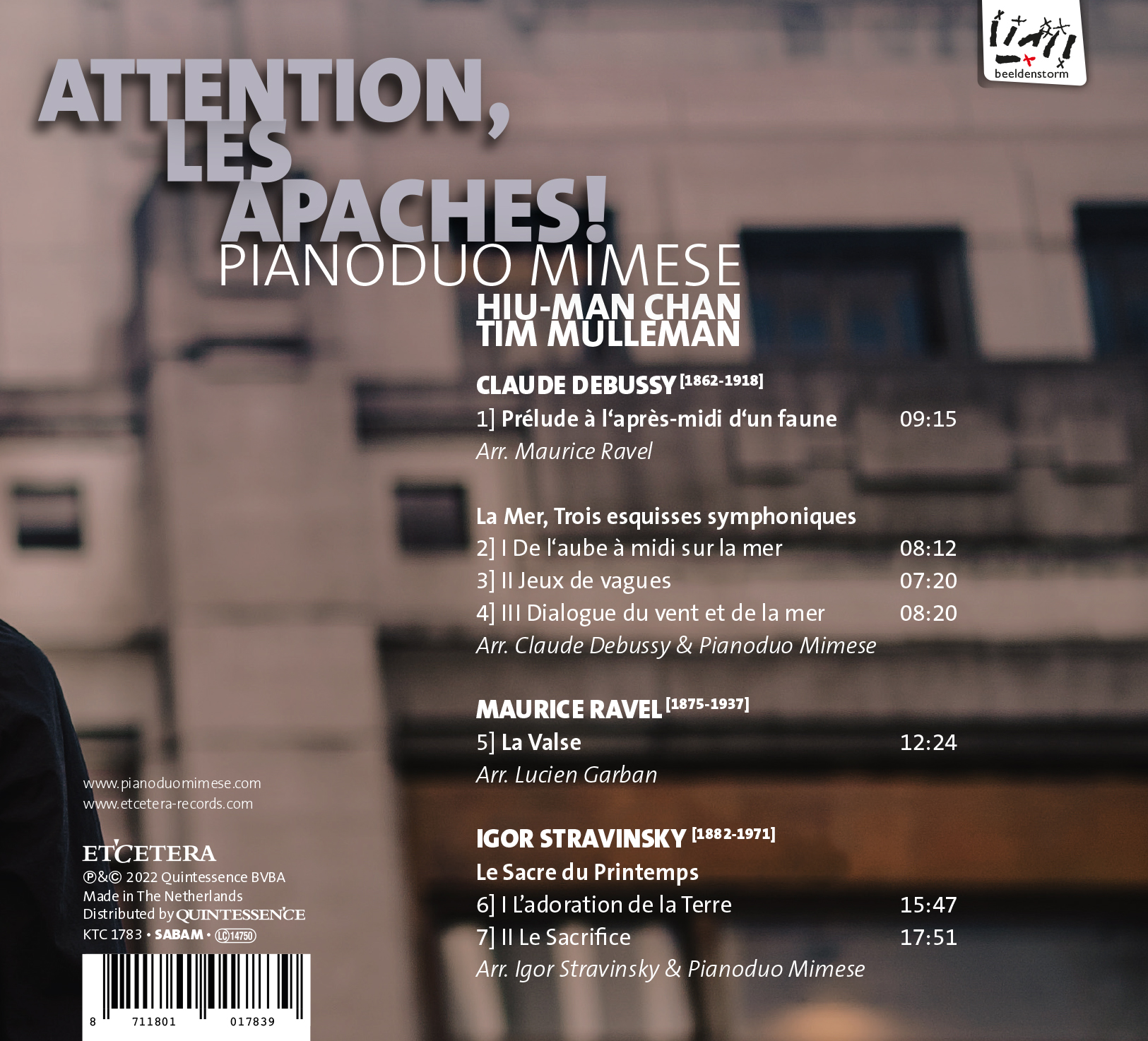

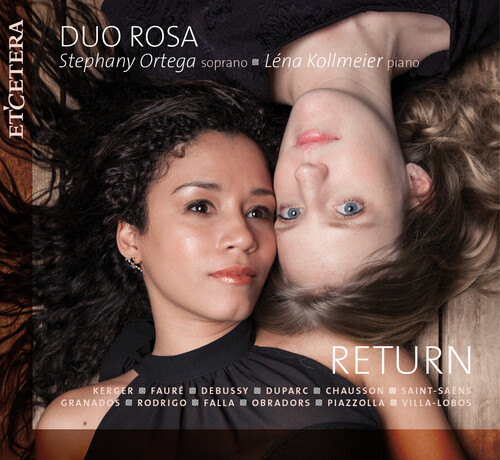

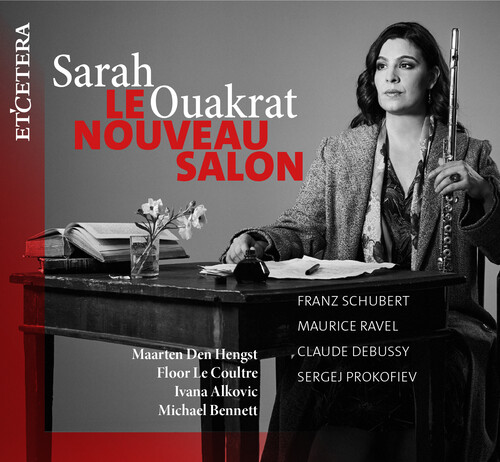
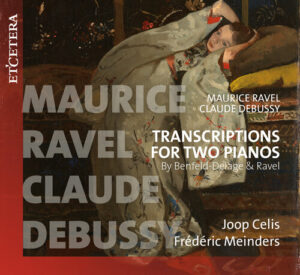
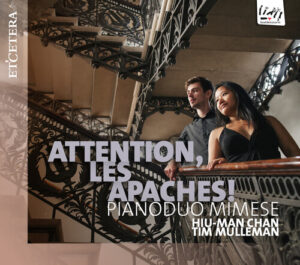
Reviews
There are no reviews yet.